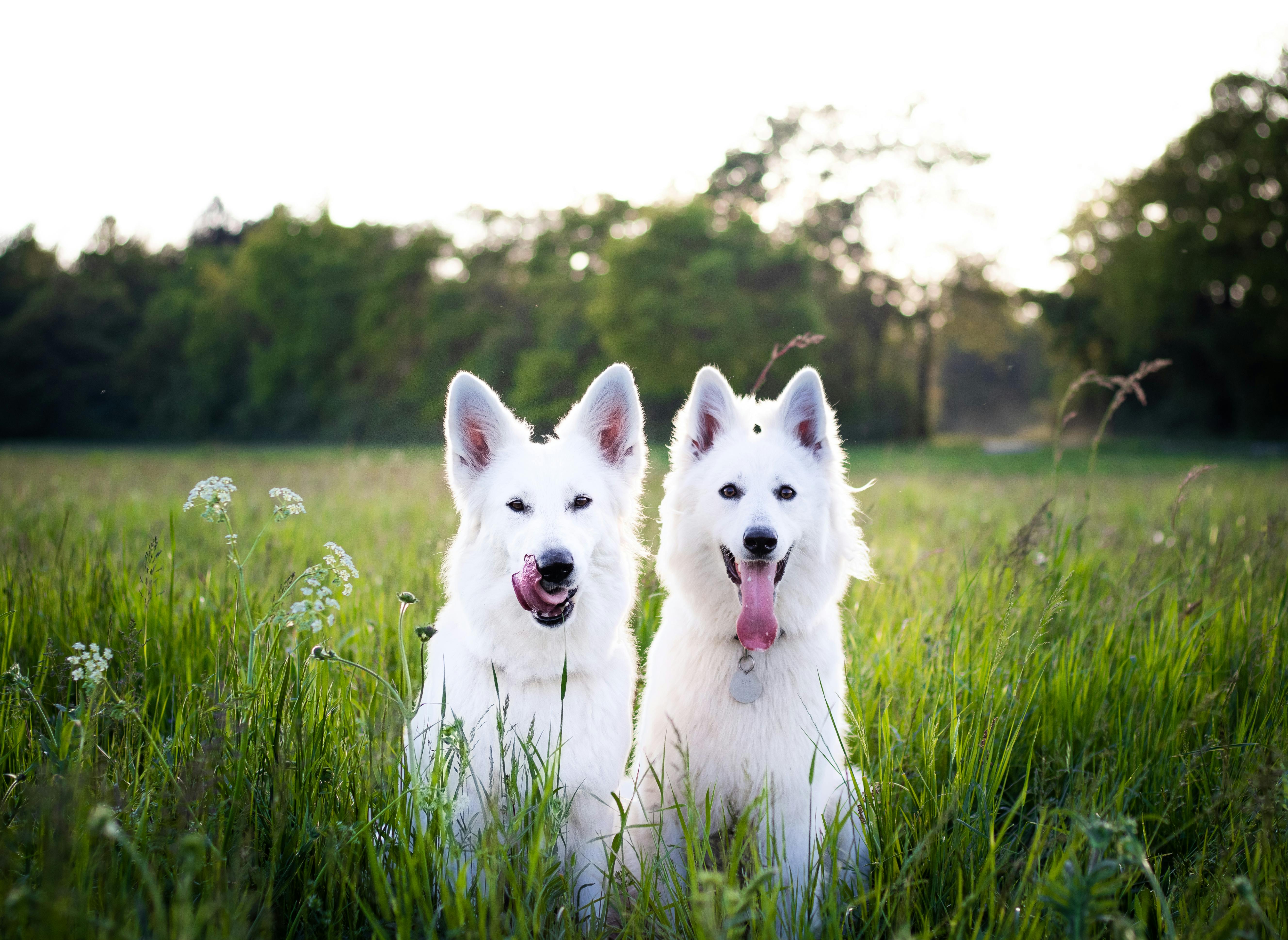
Garden plants that are safe for your rabbits and guinea pigs
You can collect a variety of garden plants / weeds to feed rabbits or guinea pigs. In bad weather, when the animals are confined to their cabins, they will appreciate a handful of grass clippings mixed with incorporated weeds. However, they prefer relatively short grass to long, thick meadow grass. The supply of wild plants will depend on the season, of course, and the largest selection will be available during the spring and early summer. Before feeding the plants, check that they are not likely to be poisonous. If in doubt, the best approach is to ignore the plants unless you are absolutely sure they will not harm your stock. As a general guide, the following are all safe to use as food:
Bramble (Rubus fruticosus): Rabbits especially like young leaves. You can also offer older leaves, but be careful not to get spines attached to the stems if the stems are also feeding. This is not a problem if you have one of the thornless varieties.
Chickweed (Stellaria media): there are several forms of chickweed and its distribution can be quite localized. However, it is a lush growing plant in good condition and produces small white flowers.
Clover (Trifolium species) – Not an easy plant to collect in bulk as it often occurs sporadically in a grassy area and is normally grass fed. It is also usually present in hay.
Coltsfoot (Tussilago farfara): This plant and its flowers are easily taken by rabbits and guinea pigs. It grows in all types of soils.
Dandelion (Taraxacum officinale): Easily grown from rootstock if desired. You can offer both the flowers and the leaves, but preferably with other items, as this plant is said to have a laxative effect. As the summer progresses, the leaves tend to die and brown spots may appear on the surface. It is probably best to avoid leaves in this condition. However, kept in a protected and humid environment, the plants continue to grow through much of the summer and well into the fall. Other similar plants that are normally available a little later in the season are various forms of bristle thistle (Sonchussp.) And Nipplewort (Lapsana communis).
Groundsel (Senecio vulgaris) – A common weed that can act as a laxative, but is often contaminated with a white or reddish fungus on the underside of leaves. Do not use plants affected in this way to feed rabbits and guinea pigs.
Mallow (Malva sylvestris): More likely to be found in a rugged area of grassland than the average garden, but useful for feeding purposes nonetheless.
Plantain (Plantago species) – Various forms are recognized, and the plants are sometimes described as ‘Ratstails’ due to their long seed heads that develop in late summer. Some types have wider blades than others.
Shepherd’s Purse (Capsella bursa-pastoris) – Traditionally used by rabbit breeders as a natural means of preventing diarrhea, this plant is quite distinctive when in flower. It has small white flowers, followed by the characteristic triangular pods on the central stem.
Yarrow (Achillea millefolium): Also known as Milfoil; This plant has delicate feathery leaves and a compound flower. Yarrow is most obvious in late summer.